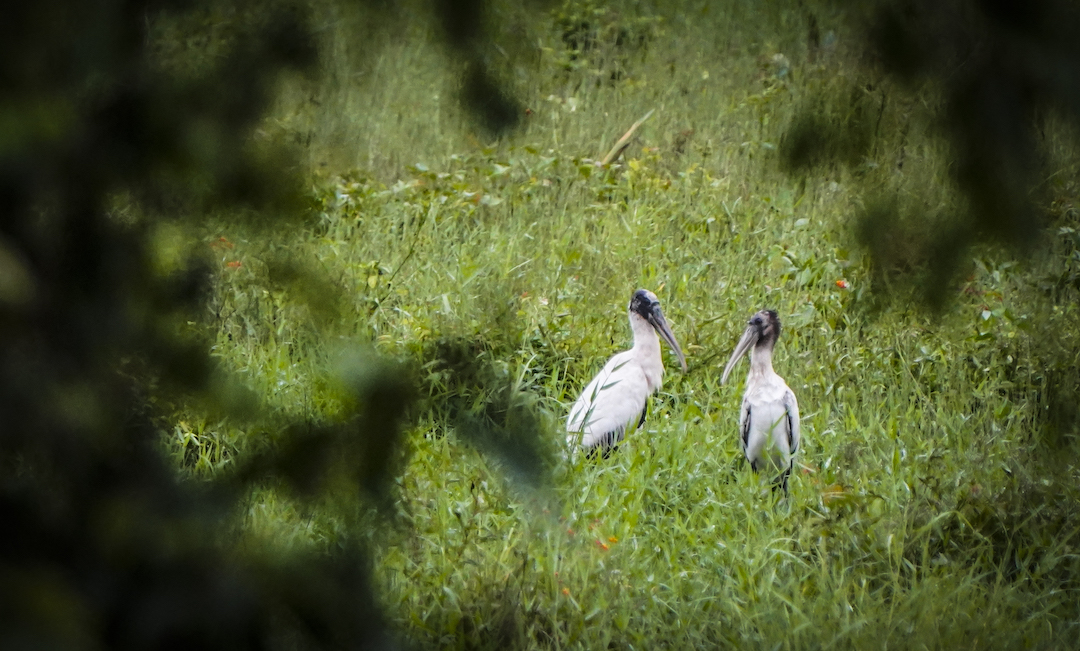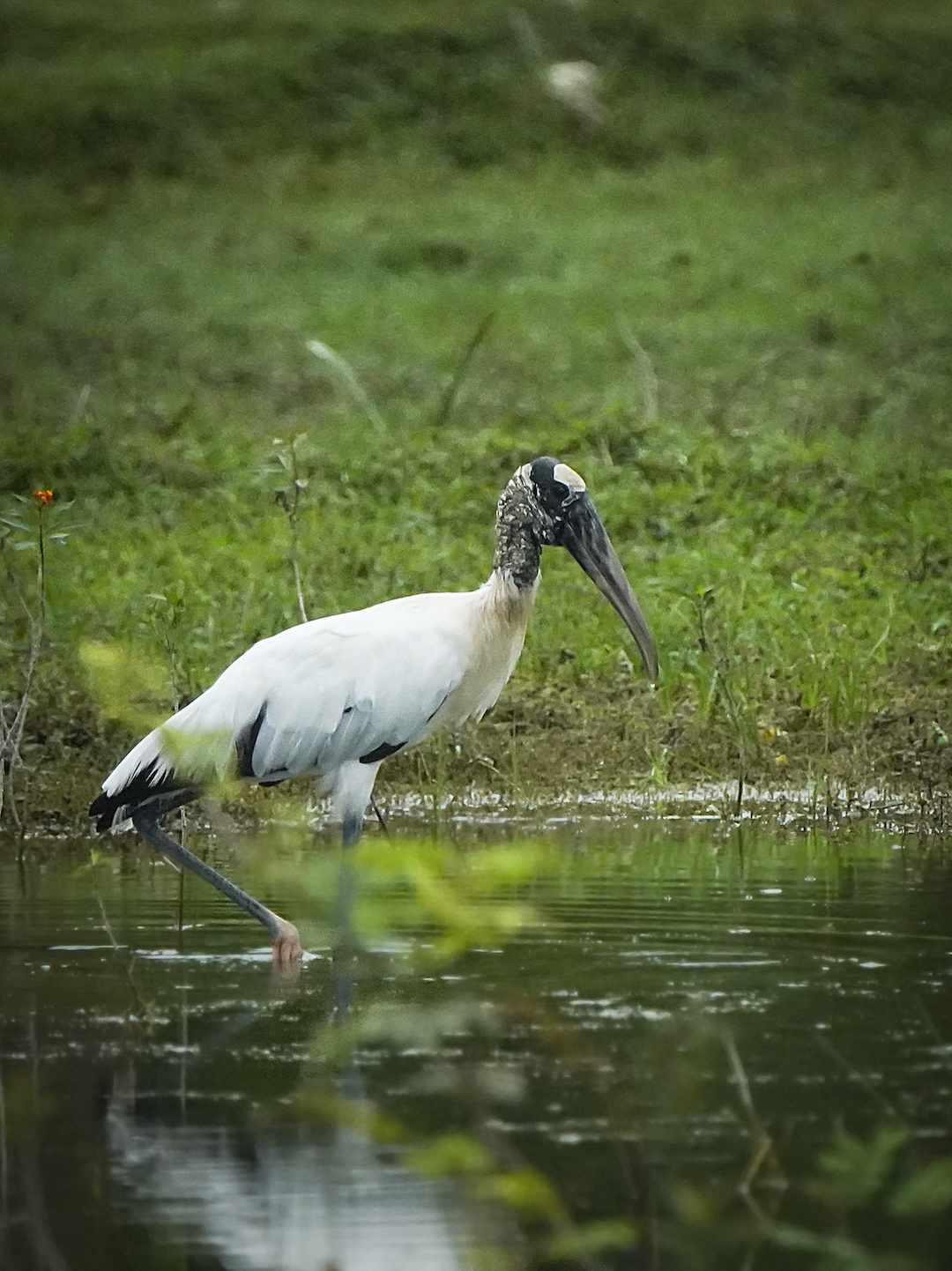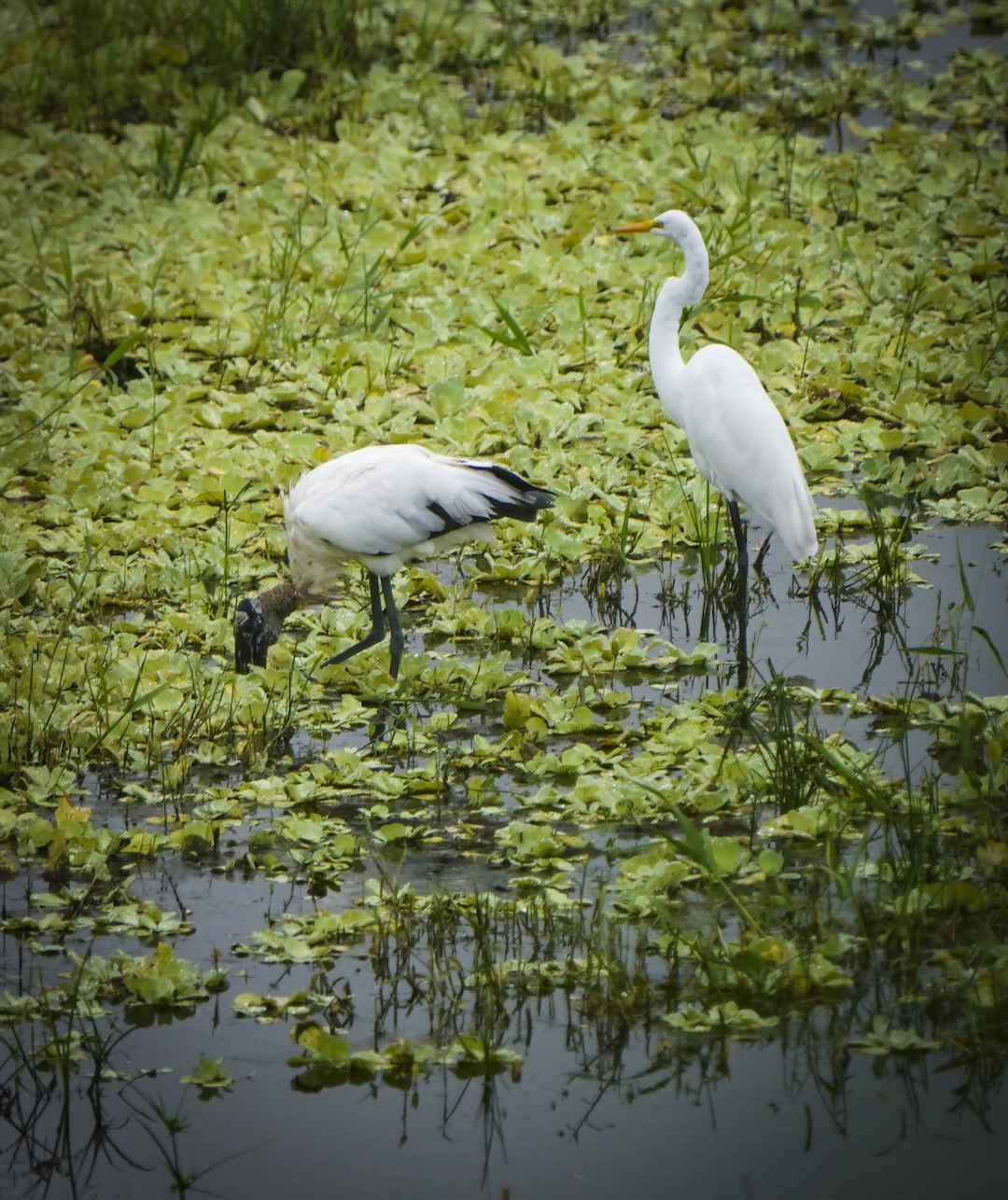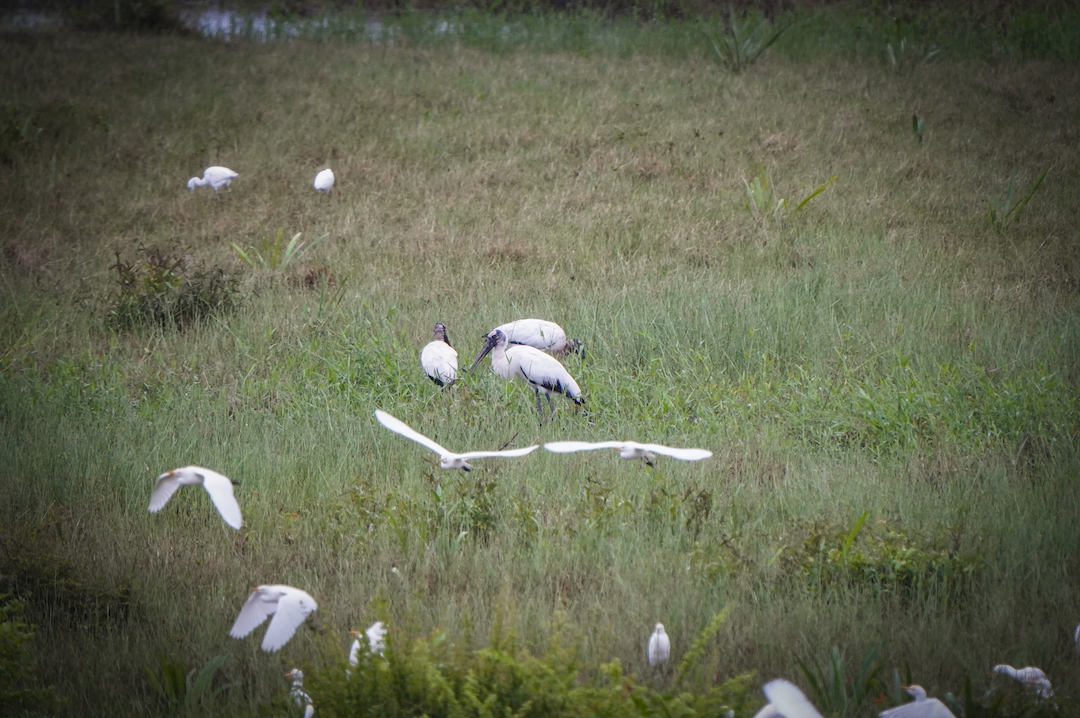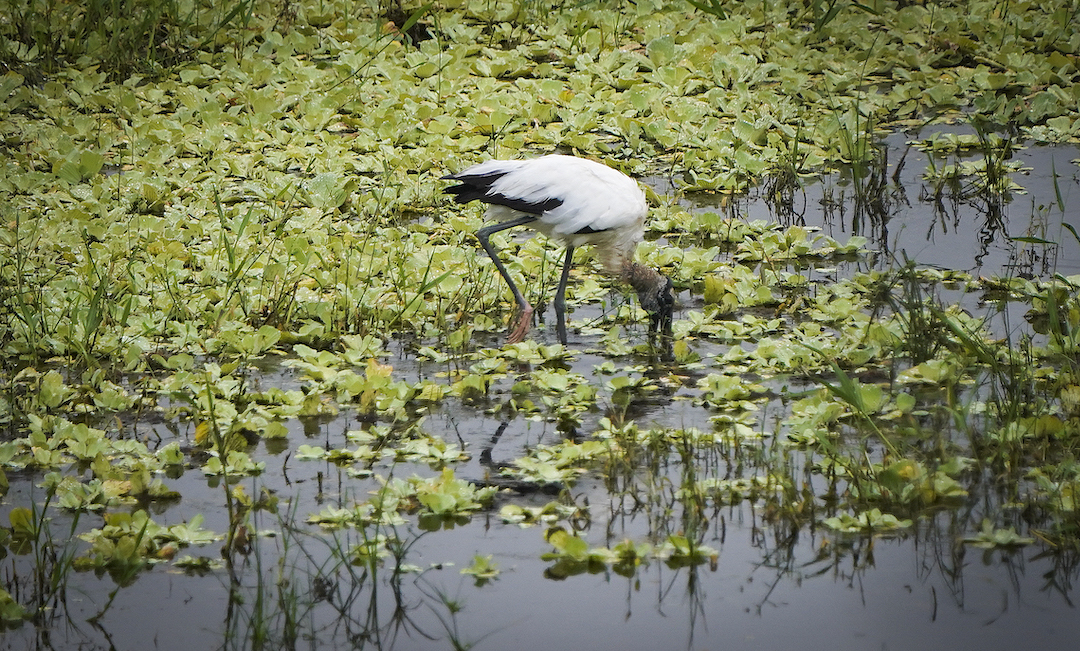Posted by Alejandra Valenzuela Cofiño on January 31, 2024
Feathered, warm-blooded and fast-hearted; with a strong yet light-weight skeleton and a four-chambered heart. Birds are egg-laying animals that have been around since before Pangea’s continental breakup, and are direct descendants from a group of meat-eating dinosaurs called Theropods. These were small feathery raptor-like dinosaurs, from the same group to which the infamous T-Rex belonged to! Their smaller size, ability to fly, plus their wide range of food sources (and maybe a little bit of luck) made them the only dinosaurs to survive Earth’s fifth mass extinction. With fossils of their ancestors dating up to 150 million years ago, Modern Birds (Neornithes) are now a group of almost ten thousand known species!
Nowadays, at least a few of these species can be found nearly on every spot on Earth. They have been seen flying all over the world, including over places as bleak as the South Pole or the top of the Himalayas. A wide array of adaptations have resulted in high-speed flying birds of prey as well as non-flying 300 pound ostriches; black and white penguins as well as vibrant scarlet-red macaws with colorful tail feathers. In between all this diversity, the main characteristics that describe all modern birds are: their feathers, wings, toothless beaks, bipedal locomotion and the laying of hard-shelled eggs where embryos conclude their development.
In FLAAR, we love to photograph the tropical bird diversity that we are lucky enough to find during our adventures. These captivating Wood Storks (Mycteria Americana) are a perfect example of the beauties we can find in Mesoamerica’s wetlands! These birds may not appear big through the lens, but in fact they can grow to be over 50 inches tall. They are called “wading birds” because they are almost always found wading along shorelines in search of aquatic insects or crustaceans. As you may see in the pictures, they have long and thin legs that help them wade across the wetlands, and an unfeathered head with a high-vascularised skin that helps them with heat dissipation. The beautiful Mycteria americana species is adapted to the hot and moist weather of these tropical wetlands, just like our passionate FLAAR adventurers.
Two Mycteria americana on a grass field.
Photography by: María Alejandra Gutierrez, FLAAR Mesoamérica, 2024. La Blanca, Petén, Guatemala.
Mycteria americana on a swampy pond.
Photography by: María Alejandra Gutierrez, FLAAR Mesoamérica, 2024. La Blanca, Petén, Guatemala.
Mycteria americana and Ardea alba looking for food in a wetland.
Photography by: María Alejandra Gutierrez, FLAAR Mesoamérica, 2024. La Blanca, Petén, Guatemala.
Mycteria americana and Ardea alba.
Photography by: María Alejandra Gutierrez, FLAAR Mesoamérica, 2024. La Blanca, Petén, Guatemala.
Mycteria americana with half of their head underwater.
Photography by: María Alejandra Gutierrez, FLAAR Mesoamérica, 2024. La Blanca, Petén, Guatemala.
Taxonomic information:
| KINGDOM | Animalia |
| PHYLUM | Chordata |
| CLASS | Aves |
| ORDER | Ciconiiformes |
| FAMILY | Ciconiidae |
| GENUS | Mycteria |
| SPECIES | americana |
Source: Global Biodiversity Information Facility (https://www.gbif.org/species/2481934)
Cited References
- 2020
- Why Birds Survived, and Dinosaurs Went Extinct, After an Asteroid Hit Earth. Smithsonian Magazine Website.
Available online: https://www.smithsonianmag.com/science-nature/why-birds-survived-a
nd-dinosaurs-went-extinct-after-asteroid-hit-earth-180975801/ - 2015
- A new time tree reveals Earth history's imprint on the evolution of modern birds. Science Advances. Page 11.
Available online: https://www.smithsonianmag.com/science-nature/why-birds-survived-
and-dinosaurs-went-extinct-after-asteroid-hit-earth-180975801/ - 2017
- The bare head of the Northern bald ibis (Geronticus eremita) fulfills a thermoregulatory function. Frontiers in Zoology Magazine, Vol. 14.
Available online: https://doi.org/10.1186/s12983-017-0201-5 - 2012
- Why are birds the only surviving dinosaurs? London's Natural History Museum Website.
Available online: www.nhm.ac.uk/discover/why-are-birds-the-only-surviving-dinosaurs.
html#:~:text=Birds%20evolved%20from%20a%20group,about%20150%20million%20
years%20old. - 2009
- Birds (Aves Class). The Timetree of Life, Oxford University Press. Pages 409-411.
Available online: http://timetree.temple.edu/public/data/pdf/vanTuinen2009Chap57.pdf


